How to Implement Chatbot Automation in Business Processes
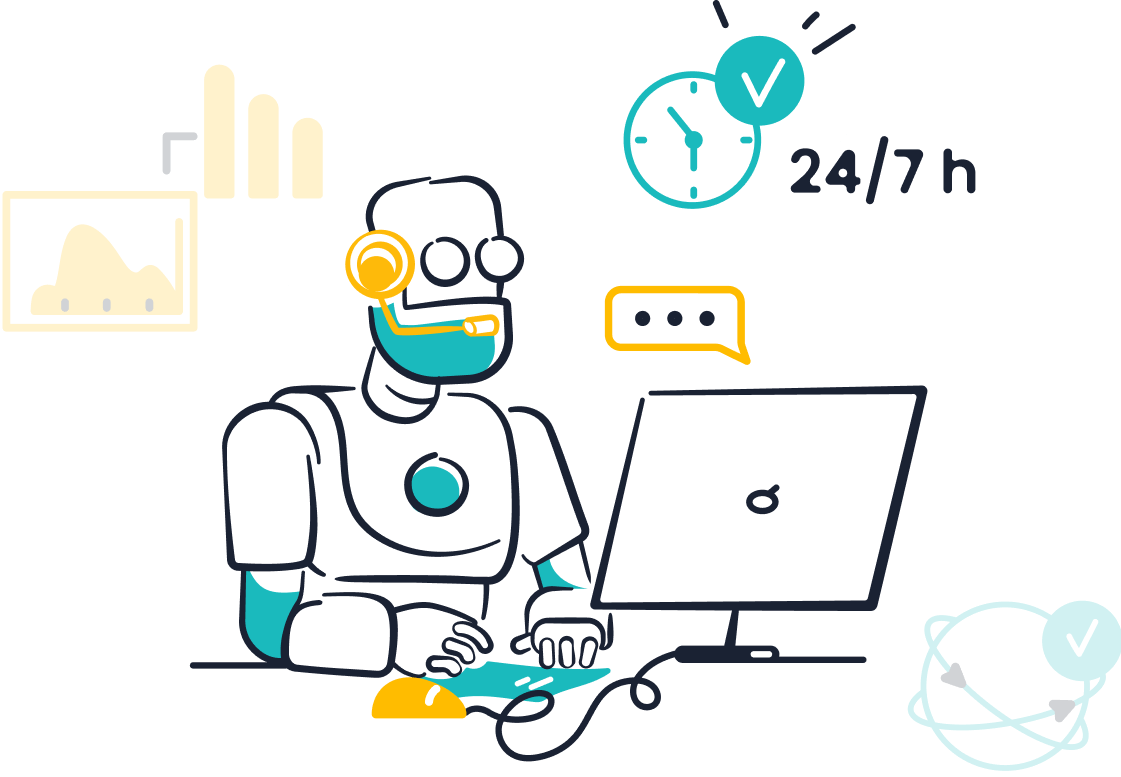
Chatbot automation uses artificial intelligence to handle repetitive tasks, enabling businesses to operate more efficiently. It has become a cornerstone of modern business processes, with banks expected to automate up to 90% of customer interactions by year-end. Today, 60% of B2B and 42% of B2C companies already use chatbot software, and adoption is growing rapidly.

Sobot’s AI Chatbot helps you streamline operations and improve customer interactions. It provides 24/7 support, reduces costs, and personalizes experiences. By automating routine queries, Sobot allows your team to focus on complex tasks, boosting productivity and customer satisfaction.
Understanding Chatbot Automation in Business Processes
What Is Chatbot Automation?
The role of AI in automating repetitive tasks
Chatbot automation leverages AI to handle repetitive tasks that would otherwise consume valuable time. With technologies like Natural Language Processing (NLP) and Machine Learning (ML), chatbots can understand and respond to customer queries in real-time. These tools enable chatbots to process vast amounts of data, learn from interactions, and improve over time. For example, Sobot's AI-powered chatbot uses conversational AI and a knowledge base to deliver accurate responses instantly. This type of AI automation not only reduces manual effort but also ensures consistent and efficient customer service. By integrating with business systems, chatbots streamline workflows and enhance overall productivity.
Differences between rule-based and AI-powered chatbots
Rule-based chatbots operate on predefined scripts and logic, making them suitable for straightforward tasks. However, they lack the flexibility to handle complex queries. In contrast, AI-powered chatbots, like those offered by Sobot, use NLP to interpret human language and provide dynamic responses. Unlike traditional automation methods such as Robotic Process Automation (RPA), chatbot technology focuses on external interactions, such as customer service, while RPA handles internal tasks. Although RPA may have lower implementation costs, AI-powered automation offers greater scalability and adaptability for modern business needs.
Why Chatbot Automation Matters for Businesses
Enhancing operational efficiency and reducing manual effort
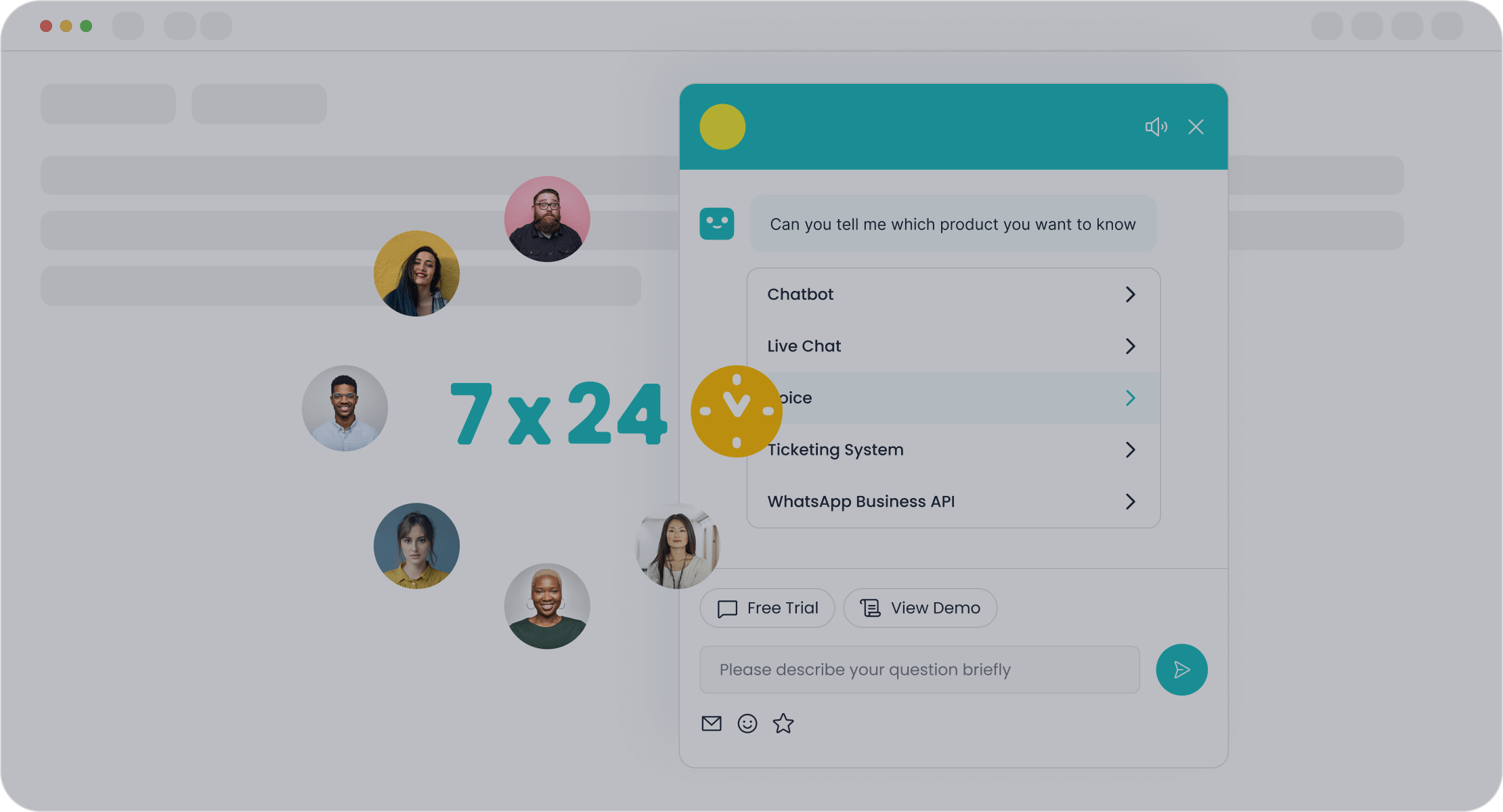
Chatbot automation transforms business processes by automating routine inquiries and customer interactions. This reduces the time spent on repetitive tasks, allowing employees to focus on critical operations. For instance, Sobot's chatbot improves productivity by 70% and saves up to 50% on operational costs. Businesses also benefit from enhanced process efficiency, as chatbots provide instant responses and operate 24/7. The measurable impacts include increased productivity and significant cost savings, as shown in the table below:
| Impact Area | Description |
|---|---|
| Process Efficiency | Automates routine inquiries, reducing time spent on repetitive tasks. |
| Cost Savings | Minimizes operational costs by reducing human intervention. |
| Increased Productivity | Frees employees to focus on critical operations. |
| Enhanced Customer Satisfaction | Provides instant responses and 24/7 support, improving customer interactions. |
Improving customer engagement and satisfaction
Chatbots play a vital role in improving customer engagement. They provide quick responses, address common inquiries, and ensure immediate assistance. For example, Delta Airlines uses chatbots to streamline customer interactions, enhancing travel experiences. Similarly, Sobot's chatbot personalizes interactions using AI-driven insights, boosting customer satisfaction and loyalty. Detailed case studies reveal that businesses using chatbot automation experience reduced response times and higher satisfaction rates. By offering 24/7 availability and tailored support, chatbots empower businesses to build stronger relationships with their customers.
Benefits of Chatbot Automation for Businesses
Boosting Efficiency and Productivity
Automating routine tasks to save time and resources
Chatbots simplify business automation by handling repetitive tasks like answering FAQs, scheduling appointments, and processing orders. This allows your team to focus on strategic activities that drive growth. AI-powered automation integrates with business systems to streamline workflows, such as data entry and inventory management. For example, Sobot’s chatbot automates customer interactions, improving productivity by 70%. Chatbots also assist in task management, ensuring efficient collaboration across teams. By reducing manual intervention, you save time and resources while boosting business efficiency.
Reducing errors in repetitive workflows
Human errors in repetitive tasks can disrupt operations. Chatbots eliminate this risk by delivering consistent and accurate results. AI in business ensures error-free workflows, whether it’s processing customer inquiries or managing internal operations. Sobot’s chatbot uses a knowledge base to provide precise responses, reducing mistakes in customer interactions. This reliability enhances operational efficiency and builds trust with your customers.
Enhancing Customer Experience
Delivering 24/7 support with instant responses
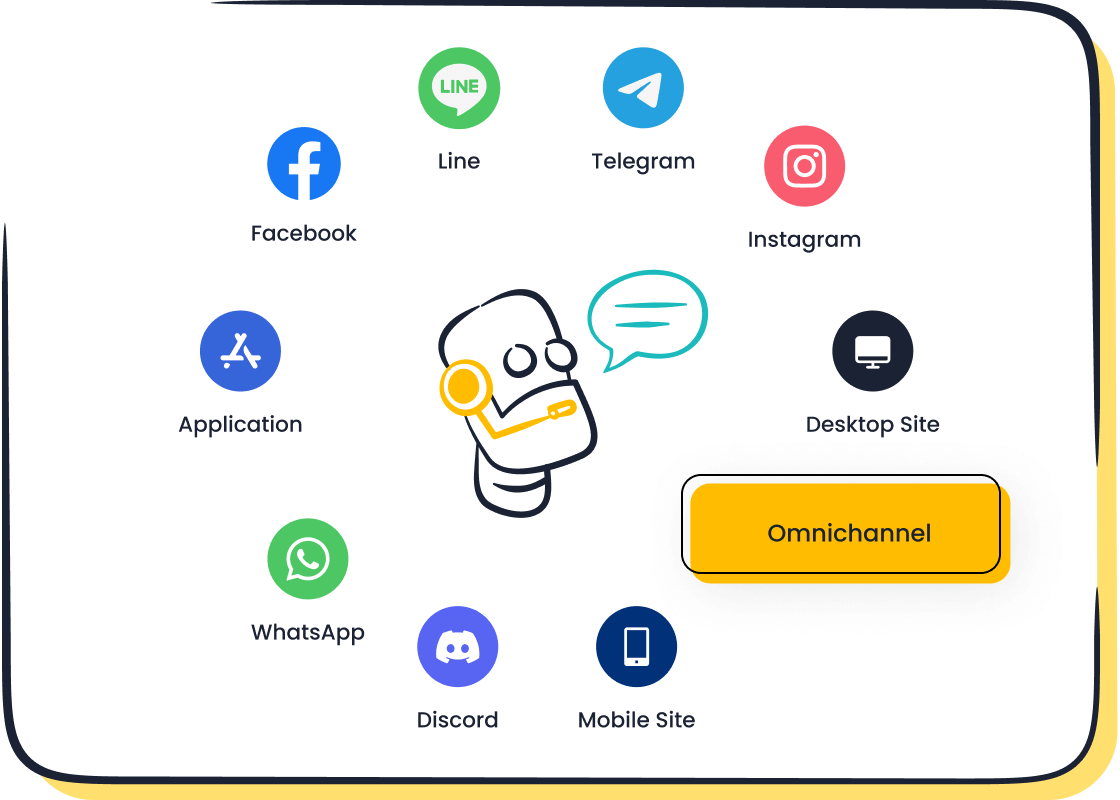
Chatbots provide round-the-clock support, ensuring your customers always receive assistance. They handle high volumes of inquiries simultaneously, offering instant responses. For instance, T-Mobile Austria’s chatbot answers over 1,500 questions daily, improving customer satisfaction. Sobot’s chatbot operates 24/7, enabling you to streamline customer service and meet customer expectations at any time.
Personalizing interactions using AI-driven insights
AI automation personalizes customer interactions by analyzing data and tailoring recommendations. Chatbots engage in real-time conversations, adapting their tone to match your brand’s voice. Sobot’s chatbot uses AI-driven insights to customize messaging and send proactive updates, such as order statuses. This personalization enhances the customer experience, fostering loyalty and boosting conversions by 20%.
Achieving Cost Savings and Scalability
Lowering operational costs with automated solutions
Chatbots reduce customer support costs by managing multiple inquiries simultaneously. They minimize the need for additional staff, saving up to 50% on labor expenses. Sobot’s chatbot provides cost-effective solutions by automating workflows and streamlining sales processes. This efficiency allows you to allocate resources more effectively, optimizing your business operations.
Scaling customer support without increasing headcount
Chatbots enable scalability by handling millions of queries daily. Unlike human agents, they operate without fatigue, ensuring consistent performance. Klarna’s chatbot reduced resolution time by 80%, maintaining high customer satisfaction. Sobot’s chatbot supports omnichannel interactions, allowing you to scale operations seamlessly while maintaining quality service. This scalability ensures your business can grow without proportional increases in costs.
Real-World Applications of Chatbot Automation
Customer Support
Automating FAQs and resolving common issues
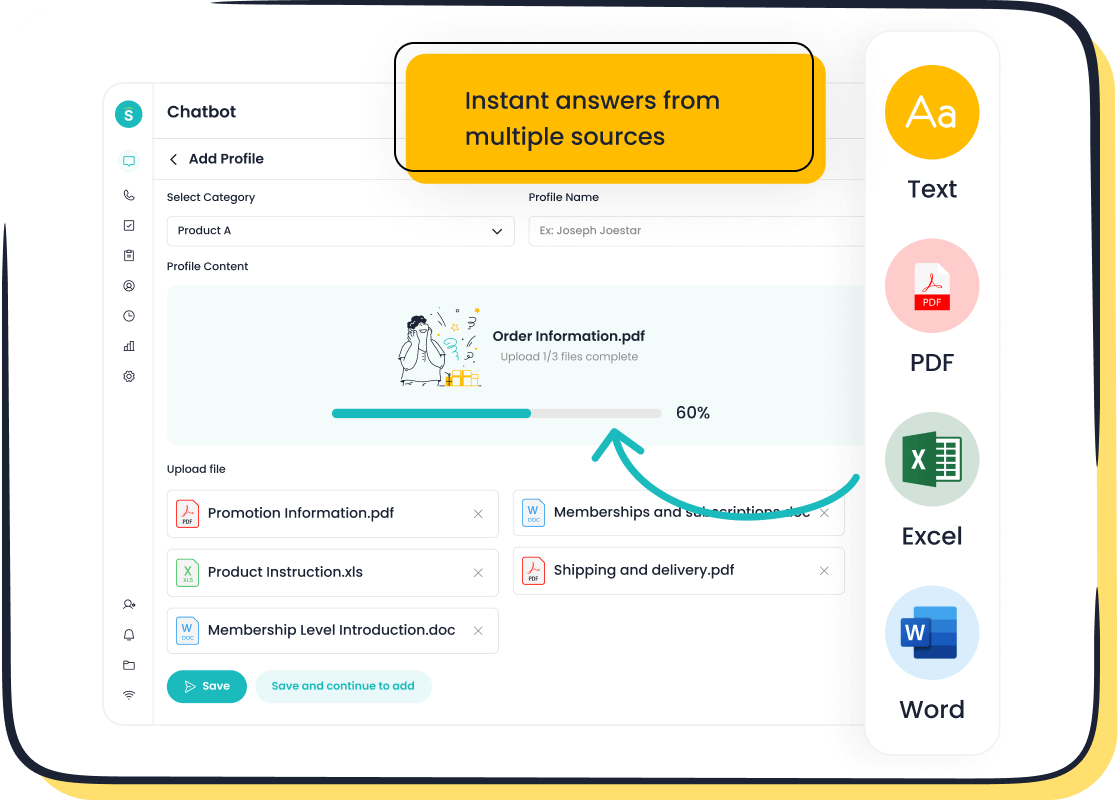
Chatbots excel at handling routine inquiries, such as answering FAQs or providing product details. They link to knowledge bases to deliver instant responses, saving time for both customers and support teams. For example, chatbots in e-commerce assist with order tracking and product recommendations, enhancing the shopping experience. Sobot’s AI chatbot streamlines customer service by resolving common issues autonomously, improving productivity by 70%. This automation ensures customers receive quick and accurate answers, boosting satisfaction and reducing churn.
Seamlessly escalating complex queries to human agents
While chatbots handle routine tasks efficiently, they also recognize when a query requires human intervention. They escalate complex issues to the appropriate agents, ensuring seamless transitions. Sobot’s chatbot uses intelligent routing to direct customers to the right skill group, enhancing resolution rates. Additionally, chatbots create support tickets when agents are unavailable, ensuring no query goes unanswered. This integration of AI and human support improves operational efficiency and customer experiences.
Sales and Marketing
Generating leads through conversational AI
Chatbots play a pivotal role in automating sales and lead generation. They engage prospects with interactive conversations, replacing static forms. By asking tailored questions, chatbots qualify leads and identify sales opportunities. Sobot’s chatbot operates 24/7, ensuring no lead is missed. For instance, Subway’s RCS chatbot achieved a 140% increase in conversions, showcasing the effectiveness of conversational AI in capturing attention and driving engagement.
Guiding prospects through the sales funnel
Chatbots guide prospects through the sales funnel by providing personalized recommendations and proactive updates. They direct users to relevant resources or sales representatives, ensuring a smooth journey. Aveda’s booking chatbot increased lifetime users by 378%, demonstrating the impact of AI-driven automation. Sobot’s chatbot enhances business automation by offering real-time assistance, boosting conversions by 20% and helping businesses close deals faster.
Internal Operations
Streamlining HR tasks like onboarding and leave requests

Chatbots simplify HR operations by automating repetitive tasks. They assist employees with onboarding, leave applications, and benefits enrollment. Sobot’s chatbot serves as a centralized knowledge hub, providing instant answers to FAQs about policies and payroll. This automation improves employee experiences and increases HR efficiency. For example, chatbots guide new hires through onboarding processes, ensuring consistency and saving time for HR teams.
Automating IT support and ticketing systems
Chatbots enhance IT support by resolving common technical issues and managing ticketing systems. They provide instant responses to queries about software, hardware, or network problems. Sobot’s chatbot integrates with IT systems to automate ticket creation and tracking, reducing response times. By handling routine IT tasks, chatbots free up resources for more critical operations, ensuring smoother workflows and improved productivity.
Sobot's Role in Transforming Business Processes
How Sobot's AI Chatbot supports diverse industries
Sobot's AI Chatbot plays a transformative role across various industries by automating customer interactions and streamlining operations. In healthcare, chatbots like Babylon Health and Mayo Clinic’s virtual assistants improve patient access to medical consultations and reduce wait times for appointments. Similarly, in the financial sector, Bank of America’s Erica enhances customer satisfaction by offering personalized financial assistance. These chatbot automation examples demonstrate how AI in business can revolutionize customer experiences.
Sobot’s AI Chatbot provides similar benefits by integrating seamlessly with platforms like WhatsApp and SMS. It supports multilingual communication, making it ideal for global industries such as retail, gaming, and enterprise services. For example, in retail, chatbots assist with order tracking and product recommendations, while in gaming, they handle player inquiries efficiently. By automating repetitive tasks, Sobot’s chatbot enables businesses to focus on strategic goals, ensuring scalability and cost savings.
Success stories like Agilent's sixfold efficiency improvement
Agilent, a leader in life sciences, partnered with Sobot to address challenges in managing high volumes of customer inquiries. By implementing Sobot’s AI Chatbot, Agilent achieved a sixfold increase in customer service efficiency. The chatbot handled routine queries autonomously, allowing human agents to focus on complex issues. This approach reduced operational costs by 25% and improved customer satisfaction to 95%.
Other industries have also seen remarkable results with AI-powered chatbots. Domino’s Pizza’s Dom processes 25% of digital orders, streamlining the ordering process and boosting revenue. Sephora’s Virtual Artist increased conversion rates by 11% and customer loyalty by 50%. These examples highlight the potential of AI in business to enhance efficiency and drive growth. Sobot’s solutions deliver similar outcomes, empowering businesses to transform their operations and achieve measurable success.
Step-by-Step Guide to Implementing Chatbot Automation
Identifying Automation Opportunities
Analyzing workflows to pinpoint repetitive tasks
Start by conducting a detailed audit of your business processes. Look for repetitive, high-volume tasks that consume time and resources. For example, customer service teams often handle routine inquiries like FAQs or order tracking. These tasks are ideal candidates for automation. Engage employees who manage daily operations to uncover inefficiencies and bottlenecks. Use tools like process mapping to visualize workflows and identify areas where automation can make the most impact. This methodical approach ensures you focus on tasks that will deliver measurable results.
Prioritizing processes with high ROI potential
Not all tasks are equally suited for automation. Focus on processes that offer the highest return on investment. Tasks that are repetitive, error-prone, or time-consuming should take priority. For instance, automating customer support with AI-powered automation reduces human errors and speeds up response times. High-volume tasks, such as lead qualification or ticket management, also yield significant efficiency gains. Additionally, consider scalability. Automated workflows should accommodate future growth without requiring major adjustments. By prioritizing these factors, you can maximize the benefits of workflow automation.
Selecting the Right Chatbot Platform
Key features to consider in a chatbot solution
When choosing a chatbot platform, look for features that align with your business needs. Seamless integration with existing systems, such as CRM or email, ensures smooth operations. Multilingual capabilities allow you to serve a diverse audience, while omnichannel support provides a consistent experience across platforms like WhatsApp and SMS. Real-time metrics help you track performance and optimize workflows. Platforms with easy setup and customization save time during deployment. Security features protect customer data, and AI capabilities enable meaningful, context-aware interactions. These features ensure your chatbot delivers value from day one.
Why Sobot's AI Chatbot is a top choice for businesses
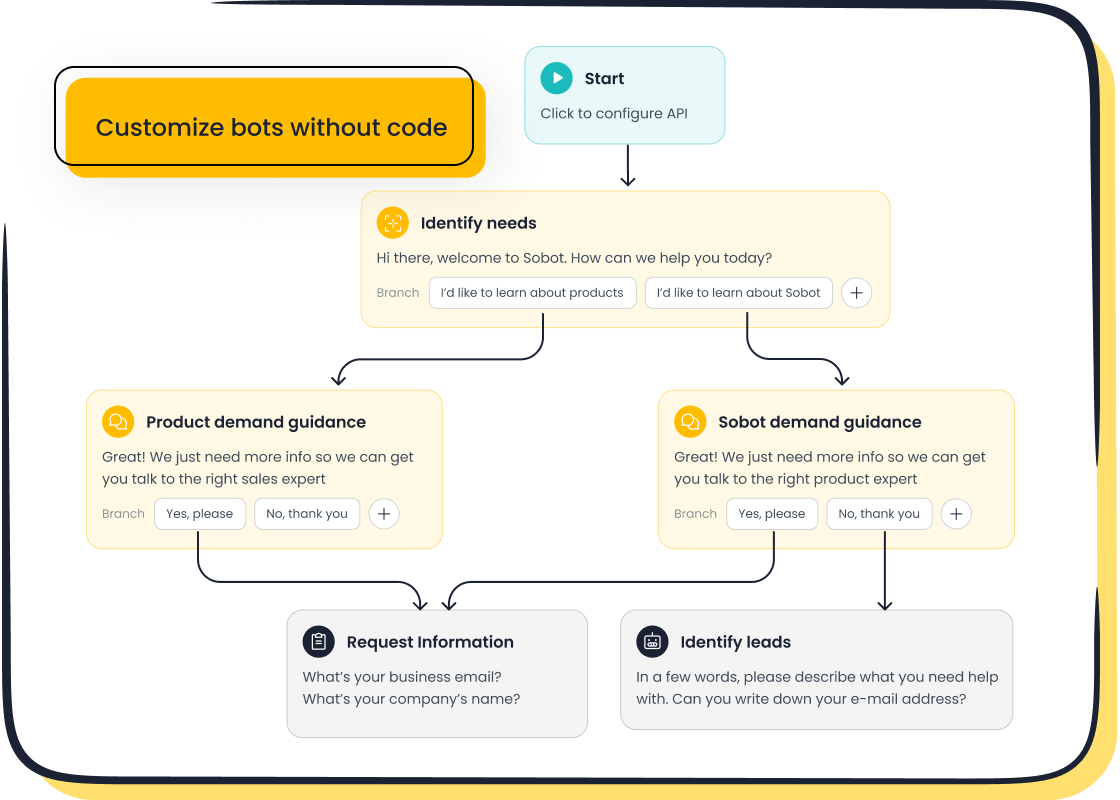
Sobot's AI Chatbot stands out for its robust capabilities. It integrates seamlessly with voice and chat systems, offering omnichannel support across platforms. The chatbot operates 24/7, handling routine inquiries and freeing up your team for complex tasks. Advanced analytics provide insights into customer behavior, helping you refine your strategies. For example, Sobot’s chatbot improves productivity by 70% and reduces costs by up to 50%. Its multilingual support and no-coding-required setup make it accessible for businesses of all sizes. These features make Sobot a reliable choice for AI automation.
Designing and Integrating the Chatbot
Creating intuitive conversational flows
Designing effective conversational flows is crucial for user satisfaction. Start by identifying common customer queries and mapping out logical responses. Use decision trees to guide users toward their goals. For example, if a customer asks about order status, the chatbot should provide a direct answer or link to tracking information. Test your chatbot with real users to identify sticking points and refine the flow. Sobot’s chatbot simplifies this process with a point-and-click interface, allowing you to create smooth, intuitive interactions without coding.
Integrating with CRM, email, and other systems
Integration ensures your chatbot works seamlessly within your existing infrastructure. Begin by understanding your CRM’s capabilities and defining the chatbot’s role. For instance, Sobot’s chatbot integrates with CRM systems to provide real-time updates on customer interactions. This enhances the customer experience by offering personalized recommendations or order updates. Ensure data compatibility between systems to maintain accuracy and privacy. With proper integration, your chatbot becomes a powerful tool for workflow automation, streamlining operations and improving efficiency.
Testing and Optimizing the Chatbot
Conducting user testing to refine performance
Testing ensures your chatbot operates effectively and meets business goals. Begin by conducting unit tests to evaluate individual components. Follow this with integration tests to confirm compatibility with backend systems. Engage users to gather feedback and identify areas for improvement. For example, test the chatbot’s ability to handle diverse inputs and maintain logical conversation flows. Evaluate its response accuracy and error-handling capabilities. Sobot’s AI chatbot simplifies this process with its intuitive design, enabling you to refine performance efficiently.
To ensure thorough testing, follow these steps:
- Test response times under varying loads to assess performance.
- Conduct security tests to identify vulnerabilities.
- Verify integrations with CRM and other systems.
- Evaluate user experience to gauge engagement and usability.
- Perform cross-platform testing for consistent functionality.
This structured approach helps you deliver a reliable and user-friendly chatbot.
Leveraging analytics to improve workflows
Analytics provide valuable insights to optimize chatbot workflows. Monitor key performance indicators, such as response times and resolution rates, to measure effectiveness. Track user sentiment to personalize interactions and improve engagement. For example, Sobot’s chatbot analytics help you refine scripts and streamline issue resolution. Use data to identify common user needs and adjust workflows accordingly. Continuously analyze feedback to enhance the chatbot’s natural language understanding and ensure it aligns with user expectations.
Training Teams and Monitoring Performance
Educating employees on chatbot usage and benefits
Training your team ensures they understand how to use the chatbot effectively. Use AI chatbots to simulate real-world scenarios, such as customer inquiries or compliance checks. For instance, Sobot’s chatbot can replicate customer interactions to improve response skills. Provide hands-on training sessions to familiarize employees with the chatbot’s features. Share examples of how the chatbot enhances productivity and reduces workload. Regularly update training materials to reflect new features or improvements. This approach empowers your team to maximize the chatbot’s potential.
Continuously updating and optimizing the chatbot
Optimization is an ongoing process. Collect user feedback to identify common issues and prioritize updates. Regularly update the chatbot’s knowledge base to address frequently asked questions. Refine conversation flows to make interactions more natural. For example, Sobot’s AI automation capabilities allow you to enhance natural language processing, improving the chatbot’s ability to understand user intent. Monitor performance metrics, such as customer satisfaction scores, to track progress. Keeping your chatbot updated ensures it remains effective and aligned with business goals.
Tip: Actively inform users about significant updates to maintain trust and engagement.
Chatbot automation has revolutionized business processes by enhancing efficiency, reducing costs, and improving customer experiences. It allows you to automate repetitive tasks, enabling your team to focus on strategic goals. For example, Sobot’s AI Chatbot improves productivity by 70% and reduces operational costs by up to 50%. Its 24/7 availability ensures seamless customer support, while AI-driven insights personalize interactions. Businesses across industries have achieved measurable success with this technology. Explore Sobot’s AI Chatbot to transform your operations and unlock new growth opportunities. Visit Sobot to learn more.
FAQ
What is chatbot automation, and how does it work?
Chatbot automation uses AI to handle repetitive tasks like answering FAQs or processing orders. It works by leveraging technologies like Natural Language Processing (NLP) to understand queries and provide instant responses. For example, Sobot’s AI Chatbot automates customer interactions, improving productivity by 70% and reducing costs by up to 50%.
How can chatbot automation benefit small businesses?
Small businesses save time and resources by automating routine tasks. Sobot’s AI Chatbot operates 24/7, providing instant support without additional staff. It also boosts lead generation by 30% through proactive messaging. These features make chatbot automation a cost-effective solution for scaling operations.
Do I need coding skills to set up Sobot’s AI Chatbot?
No, you don’t need coding skills. Sobot’s chatbot features a point-and-click interface, making setup simple and intuitive. You can design conversational flows and deploy the chatbot quickly. This user-friendly approach ensures businesses of all sizes can implement chatbot automation with ease.
Can chatbots handle complex customer queries?
Chatbots handle routine queries efficiently and escalate complex issues to human agents when needed. Sobot’s AI Chatbot uses intelligent routing to direct customers to the right team. This ensures seamless transitions and faster resolutions, enhancing customer satisfaction and operational efficiency.
How does Sobot’s AI Chatbot ensure data security?
Sobot prioritizes data security with robust encryption and compliance with global standards. Its chatbot integrates securely with your systems, protecting sensitive customer information. This commitment to security ensures your business can automate processes confidently while maintaining customer trust.
See Also
Simple Ways to Use Chatbots on Your Website
Building an Effective Chatbot for Your Website
Tips for Selecting the Right Chatbot Software